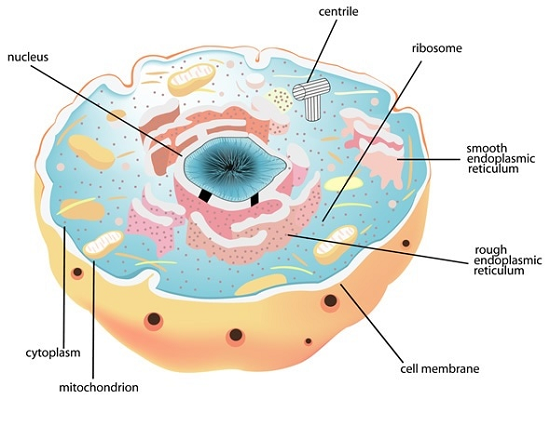Updated By: LatestGKGS Desk
Biology: Plant cell and Animal cell, Structure of cell and their function

Biology:Plant cell and Animal cell, Structure of cell, cell wall, cytoplasm and their function
A non-living rigid structure called the cell wall forms an outer covering for the plasma membrane of fungi and plants. Cell wall not only gives shape to the cell and protects the cell from mechanical damage and infection.
It also helps in cell-to-cell interaction and provides barrier to undesirable macromolecules. Cell wall is only present in plants, bacteria, fungi and algae. It is not present in the Protozoa and animal cell. Cell wall covers the cell membrane, which is a partially permeable membrane.Algae have cell wall, made of cellulose, galactans, mannans and minerals like calcium carbonate, while in other plants it consists of cellulose, hemicellulose, pectins and proteins.
The cell wall of a ypung plant cell, the primary wall is capable of growth, which gradually diminishes as the cell matures and the secondary wall is formed on the inner( towards membrane ) side of the cell.
The middle lamella is a layer mainly of calcium pectate which holds on glues the different neighbouring cells together. The cell wall and middle lamellae may be traversed by plasmodesmata which connect the cytoplasm of neighbouring cells.


